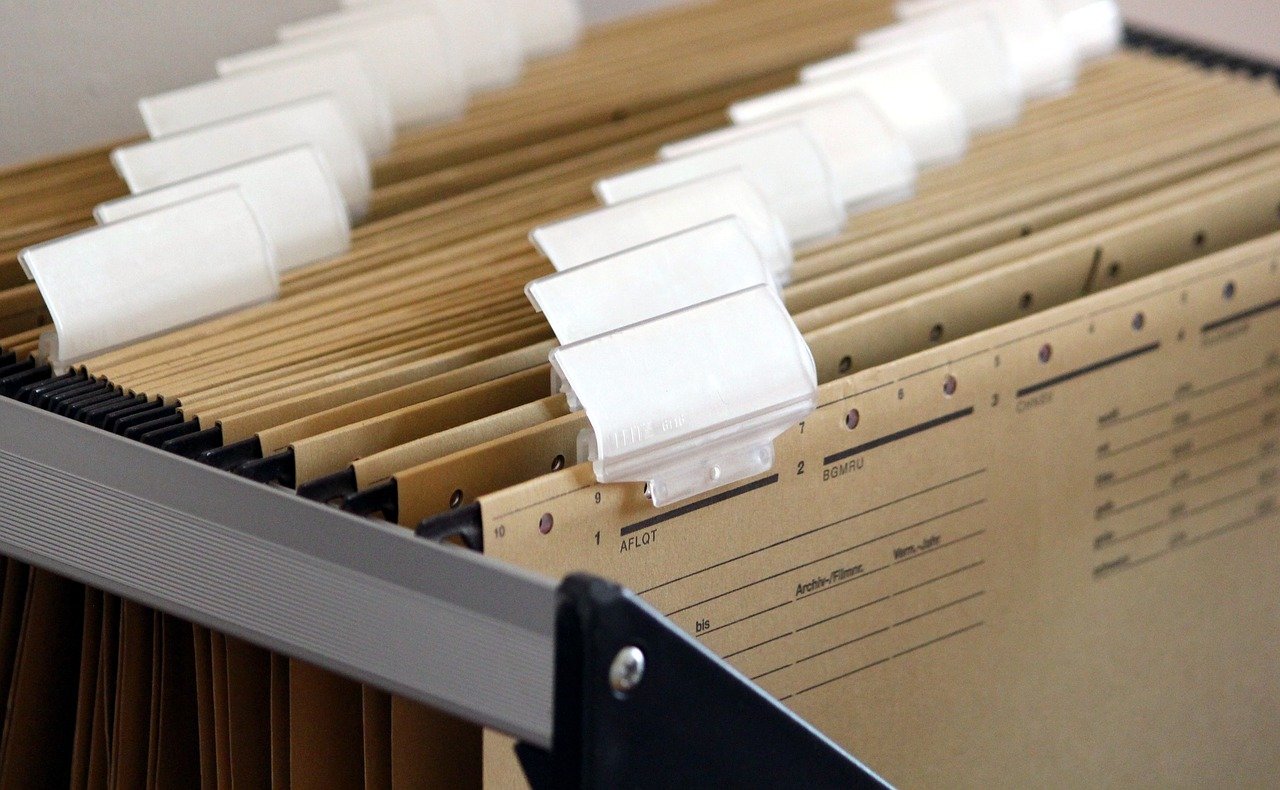The Paperless Path To Digital Transformation

We used to hear a lot about paperless offices. Before the digital transformation era, people used “paperless office” when searching for scanning services. Now, while many companies offer paperless transactions, paper still abounds in offices.
Digital transformation uses technology to increase efficiency in the workplace. Often, this means that digital content created or received, like emails, is stored electronically.
But, what about the content you don’t control, like incoming mail? As companies seek digital transformation, it’s critical to consider paper scanning, storage, and retrieval. If you don’t, you risk having two separate sets of information. Each set of information may contain duplicate data. This means inefficiency at best, and incorrect information at worst. People don’t immediately see scanning strategy as a step to digital transformation, but it’s a critical first phase step.
Paperless Considerations
You must consider three things when creating your paperless path. Storage, keywords, and how you capture them, and retention. You may have other considerations as well, but these three will jumpstart your path to paperless success.
Paperless Storage For Paper Files
The truth is that paperless initiatives take up more storage space. A four-drawer file cabinet of paper files takes up about one gigabyte of digital space. This is based on an average 50K per page. Do you have space in your network to store these files? Is storing your documents in the cloud right for you? Consider how you back up your files to assist in determining the right place to store your paperless files. What system will assist rapid retrieval?
Keywords And Capture
When you go paperless, you have to consider future retrieval. Keywords, or metadata, the data about the data, assists your employees in rapidly retrieving files. Do your employees look up customer information by account number? Name? Address? How much faster would it be if they didn’t have to cross-reference information to retrieve information? You can make a list of the ways your workers retrieve each document to guide these decisions.
Next, how will you get this information into a digital format? Capture is how you convert the paper. Will you scan your documents? If so, will you attach scanners to individual computers or will you use a multifunction copier? How will you index these files based on your keyword list for future retrieval?
Capturing this information for retrieval might seem time consuming when you look at your list of keywords. Luckily, there’s plenty of technology to simplify this. Laserfiche Quickfields and other standalone capture engines offer a way to save profiles, read barcodes, and lookup data from other systems. This can save a lot of time when you need to scan and index your files.
Retention
Finally, you should consider retention, or how long you keep your files. Retention requires a long-term strategy. Companies must retain some documents for years after a transaction or event. Many back-burner these requirements because it’s a challenge to consider something so far in the future. For example, your company might save customer files for seven years after contract cancellation. You need to consider a method to capture that termination date or the customer’s inactive status.
If you fail to consider this on the front end, you may miss out on keywords and metadata you need to capture, like dates, and need to reprocess documents to get this information later. We believe that determining how you will manage document removal is every bit as important as considering how you will get new documents into the system.
Paperless initiatives certainly doesn’t sound as “exciting” as digital transformation. But, the many benefits of transformation are better realized, and more quickly, when you consolidate document storage. Think going paperless first is the right step? We can help. Give us a call or send an email so we can discuss your options.
